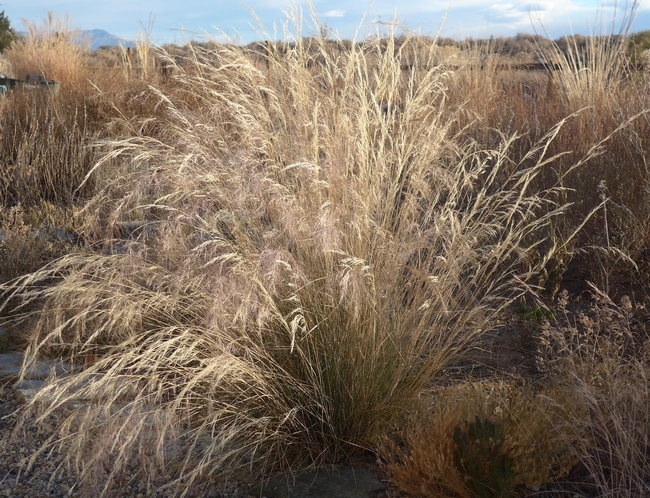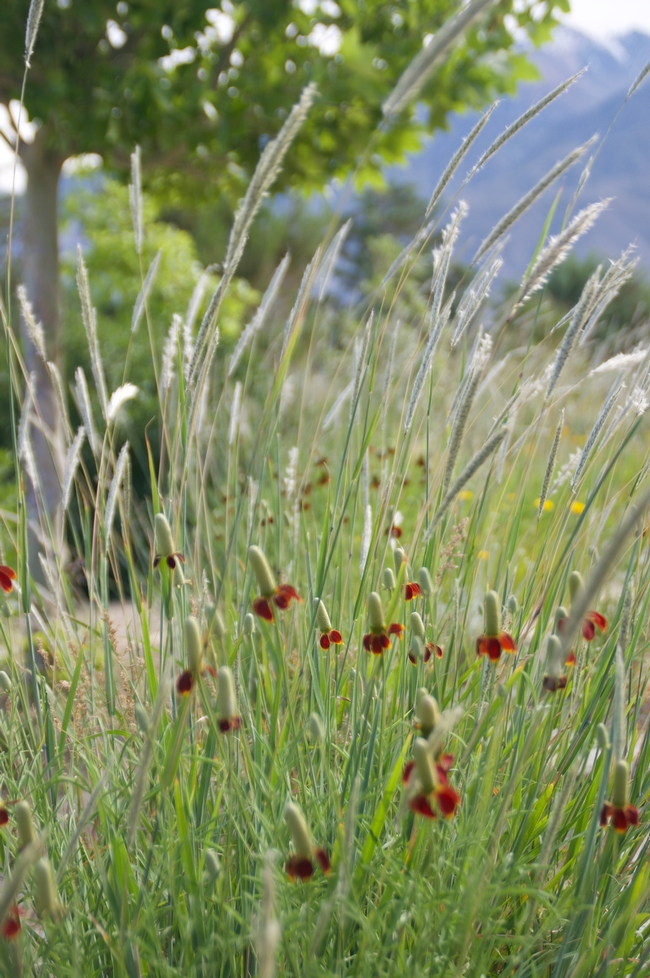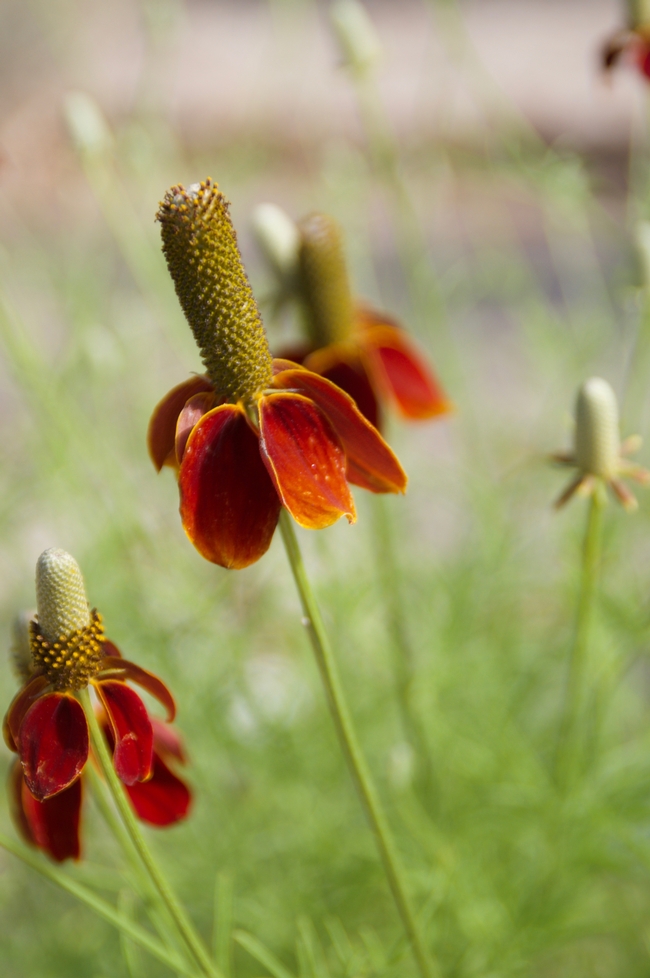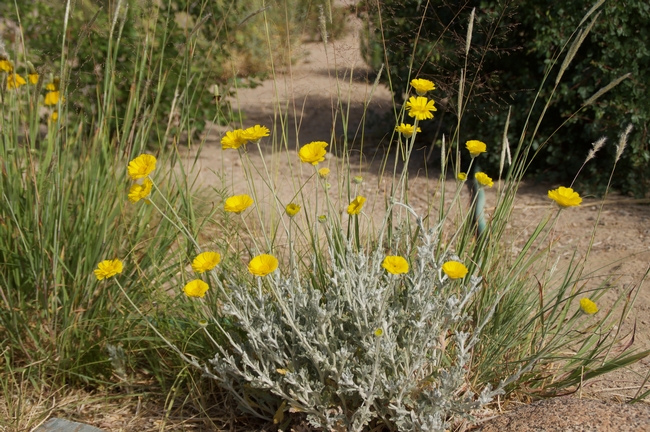Of course, one definitely wants to avoid plants that might be invasive—escaping from the garden and spreading outside their native range. Fortunately or not, that's not an issue for me—nothing survives out here without supplemental irrigation!
The definitions can be a bit confusing, but maybe naturalized is the word I'm looking for. The USDA defines a naturalized plant as one “that does not need human help to reproduce and maintain itself over time in an area where it is not native,” but that naturalized plants “do not, over time, become native members of the local plant community.” Now doesn't that sound like a plant that any of us would welcome into our garden?
The key, of course, is that location, exposure, watering and other variables all affect a plant's behavior. Plants that were obnoxious in west Bishop hardly stand a chance out here. I've tried without success to grow those little violets that used to spread everywhere in my yard. No longer do I have to deal with sprouts from the neighbor's cottonwood tree coming up 30 feet inside my yard. And God has finally delivered me from periwinkle!
Now that's not to say that there are no plants that can get out of control in my yard. I fell in love with the graceful sway of Mexican feather grass (Nassella tenuissima) when I first moved out here, but soon found out how prolifically they reseed. I now allow only a few plants in inhospitable sites and relentlessly remove any volunteers. Fortunately, the seedlings are easy to pull out.
I have replaced the feather grass with purple threeawn (Aristida purpurea), a California native that is easy to grow from seed, super tough, drought tolerant and beautiful all year round. It is a prolific seeder, but not nearly the nuisance that Mexican feather grass is. One caveat is that its seed heads are very poky, so it's unfortunately not a good choice for pet owners.
My other go-to grass for tough conditions is silver beardgrass (Bothriochloa laguroides torreyana). This native to the southern half of the US is also easy from seed. One of the prettiest sights in my yard is the setting sun lighting up its white, fluffy seedheads. Like many other grasses, beardgrass has fabulous color during the fall and winter. It's not nearly as drought tolerant as purple threeawn, but it really deserves a place in your garden. It will reseed prolifically if given abundant water, and though it's a bit harder to remove than purple threeawn, its volunteers survive transplanting much more readily. It constantly amazes me that ornamental grasses are so underutilized in most people's gardens. For more on grasses, see my earlier posts on some of my favorites.
I'm always on a quest for yellow daisy-like flowers. Gloriosa daisies and coreopsis were dependable standbys in Bishop, and though I keep trying, they just don't seem to thrive out here. Fortunately, I have found two natives that I can always count on to perform—Mexican hat (Ratibida columnifera) and desert marigold (Baileya multiradiata). Mexican hat comes to us from the prairies, so though it's drought tolerant, it's also fine with regular watering. It comes in two colors: yellow and red, and if you're growing both you'll get beautiful bi-colored offspring that substitute nicely for the similarly-sized gloriosa daisies. Between the previous year's plants and the new volunteers, they will bloom from late June through September.
Desert marigold is found in the desert Southwest, is extremely drought tolerant, and is covered with the cheeriest yellow daisies you could ever hope to find. To keep this little plant (12”) looking neat, I snip off the spent flowers, and Baileya rewards me with a great yellow accent that lasts from May through at least October. Though it's a short-lived perennial, it will readily (but not too readily!) give you seedlings to replace it with. It's happiest with little or no water, so I use it to soften the transitions between watered and unwatered areas. If I have a bare spot in the yard where I want some yellow, I'll transplant in volunteer seedlings of these two plants—Baileya if it's a dry spot, Ratibida if it will get a bit more water.
All four of these plants are aggressive—but in a good way. They are easy to grow from seed, they thrive with little care, they look fabulous, and they will give you plenty of volunteers to leave in place or move where you see fit. That is, they are easy to naturalize. You can order seed of all four online from Plants of the Southwest.



